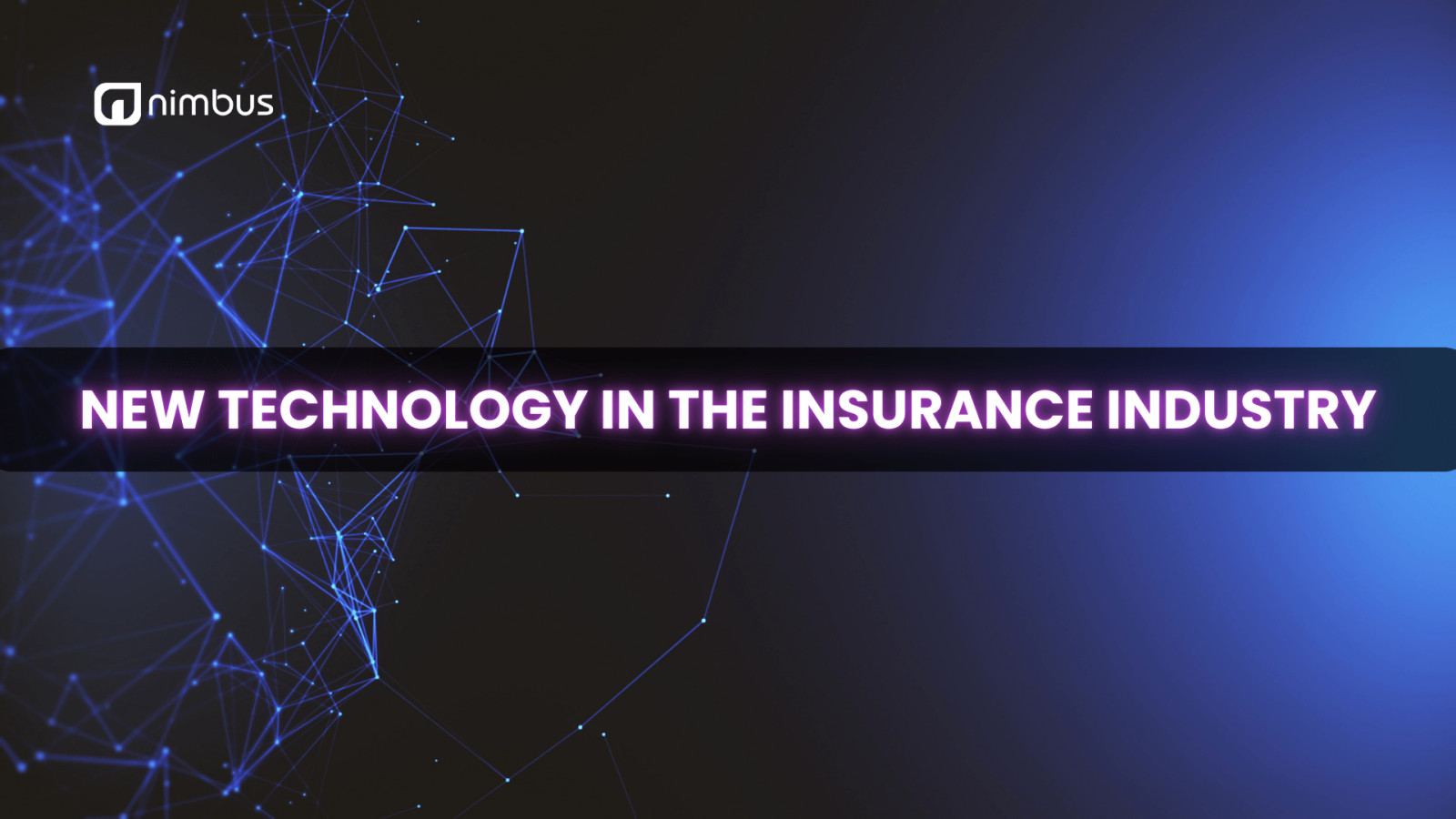In recent years, advancements in technology have revolutionized how insurance companies operate, interact with customers, assess risks, and process claims. This article explores the latest technologies reshaping the insurance landscape and their impact on the industry.
1. Artificial Intelligence and Machine Learning
Enhancing Customer Experience and Operations
Artificial Intelligence (AI) and Machine Learning (ML) are revolutionizing the insurance industry by enabling companies to leverage vast amounts of data to make more informed decisions and streamline operations. AI-powered chatbots and virtual assistants are improving customer service by providing instant responses to inquiries, guiding customers through policy options, and processing claims efficiently. ML algorithms analyze customer data to personalize insurance offerings, predict risk factors more accurately, and detect fraudulent activities.
Claims Processing and Underwriting
AI and ML technologies are transforming claims processing and underwriting processes. Advanced algorithms can assess claims based on historical data, medical records, and real-time information to expedite claim approvals and reduce manual intervention. In underwriting, predictive analytics help insurers assess risks more accurately, set premiums based on individual risk profiles, and tailor insurance policies to meet customer needs effectively.
Predictive Analytics for Risk Management
Predictive analytics powered by AI is enabling insurers to proactively manage risks and prevent losses. By analyzing data patterns and trends, insurers can identify high-risk areas, predict potential claims, and develop risk mitigation strategies. This proactive approach not only enhances operational efficiency but also improves loss ratios and customer satisfaction by offering better protection and risk management solutions.
2. Internet of Things (IoT) and Telematics
Revolutionizing Insurance Products
The Internet of Things (IoT) has transformed how insurers assess risks and offer personalized insurance products. IoT devices such as telematics in vehicles, wearables for health tracking, and smart sensors in homes provide real-time data that insurers can use to assess risks accurately. For example, telematics devices installed in cars monitor driving behavior, allowing insurers to offer usage-based insurance (UBI) policies that reward safe driving habits with lower premiums.
Enhancing Risk Assessment and Prevention
IoT devices enable insurers to gather continuous data on insured assets and policyholders, facilitating proactive risk assessment and prevention. Smart sensors in homes can detect potential hazards such as leaks or fires, prompting timely interventions to minimize damages and losses. In health insurance, wearable devices track policyholders' health metrics, promote preventive care, and encourage healthier lifestyles, ultimately reducing healthcare costs and improving outcomes.
Challenges and Opportunities
While IoT offers numerous benefits, including improved risk assessment and personalized insurance products, it also presents challenges such as data privacy concerns, cybersecurity risks, and the need for robust infrastructure to support large-scale data processing. Insurers must navigate these challenges while capitalizing on the opportunities IoT provides to innovate and stay competitive in the digital era.
3. Blockchain Technology
Transforming Trust and Transparency
Blockchain technology is revolutionizing the insurance industry by enhancing trust, transparency, and security in transactions and data management. Blockchain's decentralized ledger allows insurers, reinsurers, and customers to securely record and verify transactions without intermediaries, reducing fraud risks and operational costs. Smart contracts powered by blockchain automate claims processing and policy management, ensuring faster settlements and reducing disputes.
Streamlining Reinsurance and Fraud Detection
Blockchain enables more efficient reinsurance processes by facilitating secure data sharing and verification among multiple parties. Insurers can streamline reinsurance transactions, improve accuracy in risk assessment, and optimize capital management. Additionally, blockchain's immutable nature enhances fraud detection capabilities by providing a transparent audit trail of transactions, making it easier to identify suspicious activities and prevent fraudulent claims.
Industry Collaboration and Standards
Despite its transformative potential, widespread adoption of blockchain in insurance requires industry collaboration, regulatory clarity, and standardized protocols. Insurers are exploring consortiums and partnerships to establish common blockchain platforms and interoperable solutions. Regulatory advancements and guidelines are crucial to address legal challenges, data privacy concerns, and ensure compliance with industry standards.
Conclusion
In conclusion, Nimbus emerges as a pivotal player in the realm of IT staffing, offering a wealth of expertise and resources to meet diverse industry needs. With a dedicated team of IT professionals adept in cutting-edge technologies, Nimbus ensures seamless integration and support for businesses seeking to bolster their technical capabilities. Whether it's augmenting teams with specialized skills, navigating complex projects, or fostering innovation through top-tier talent, Nimbus stands ready to elevate organizational success in the dynamic landscape of IT solutions. Partner with Nimbus today to harness the power of skilled IT personnel and drive your business forward with confidence.
